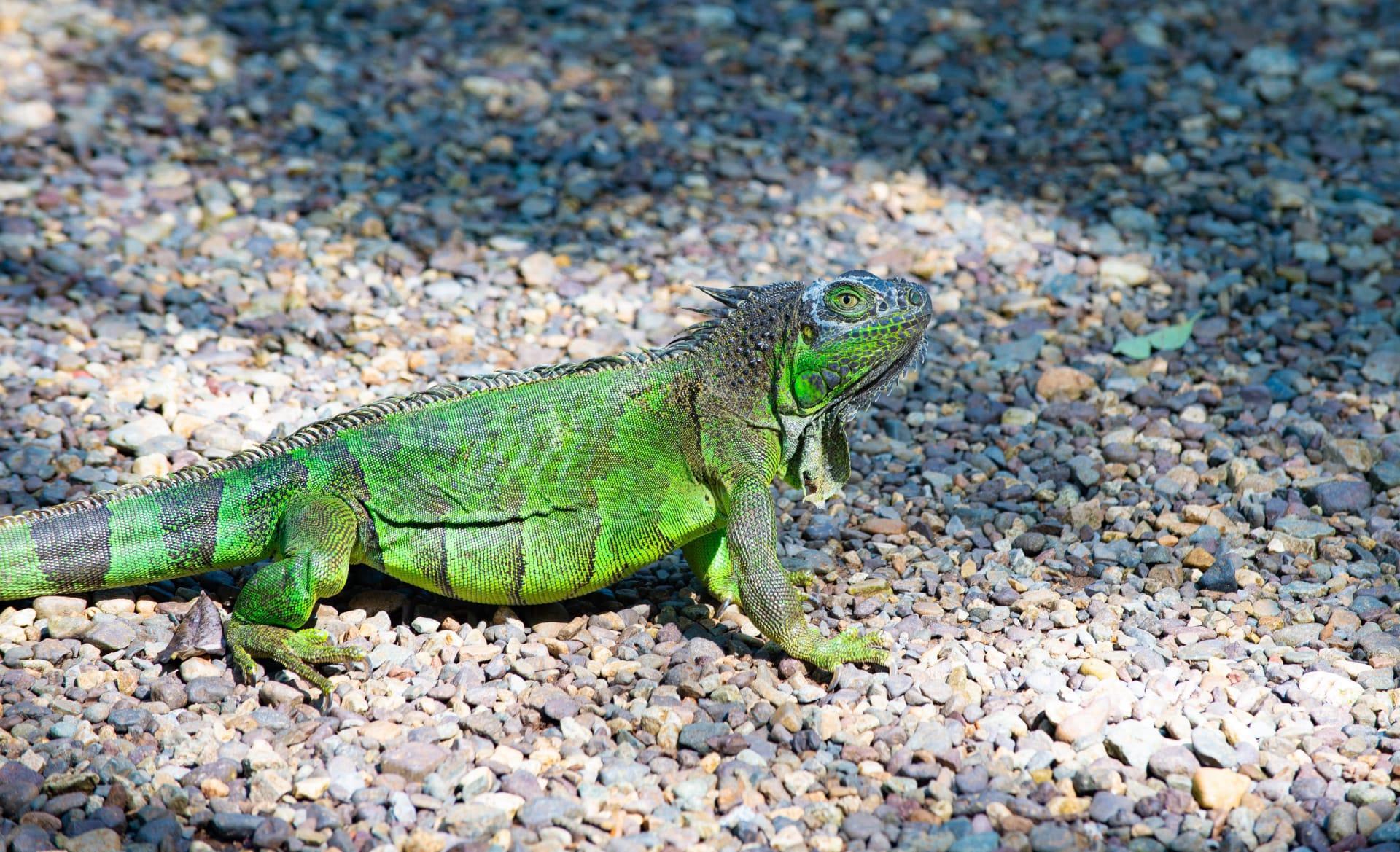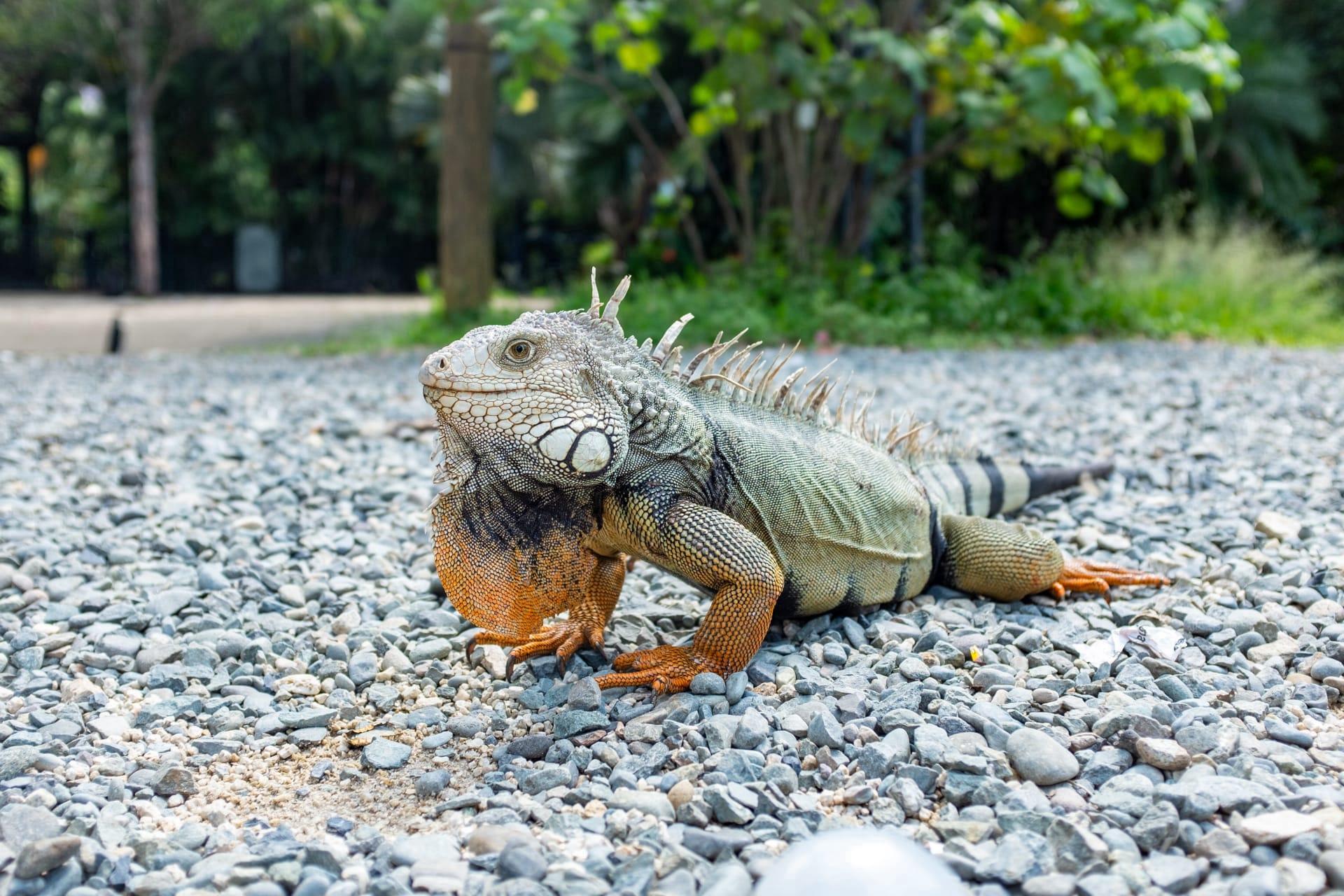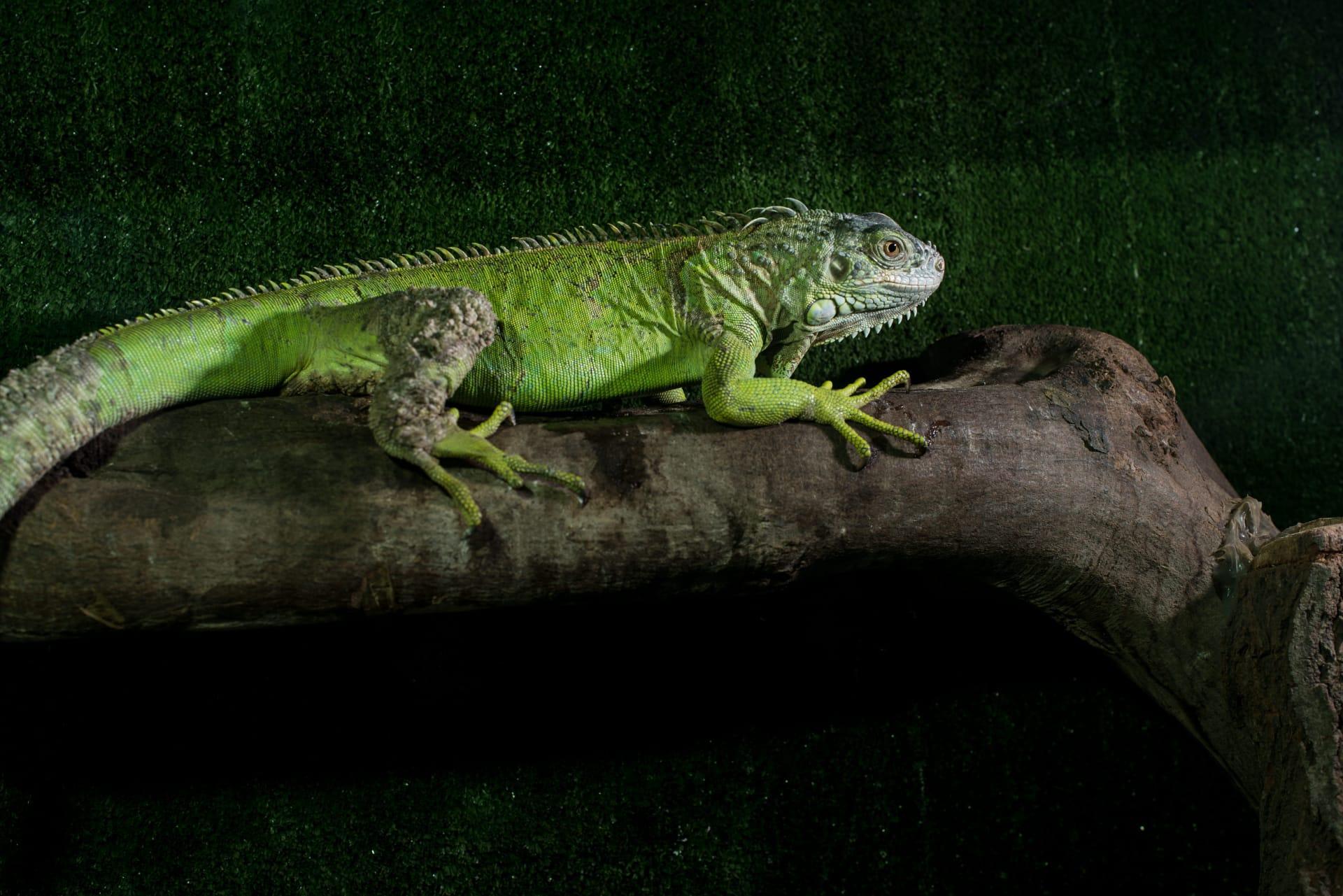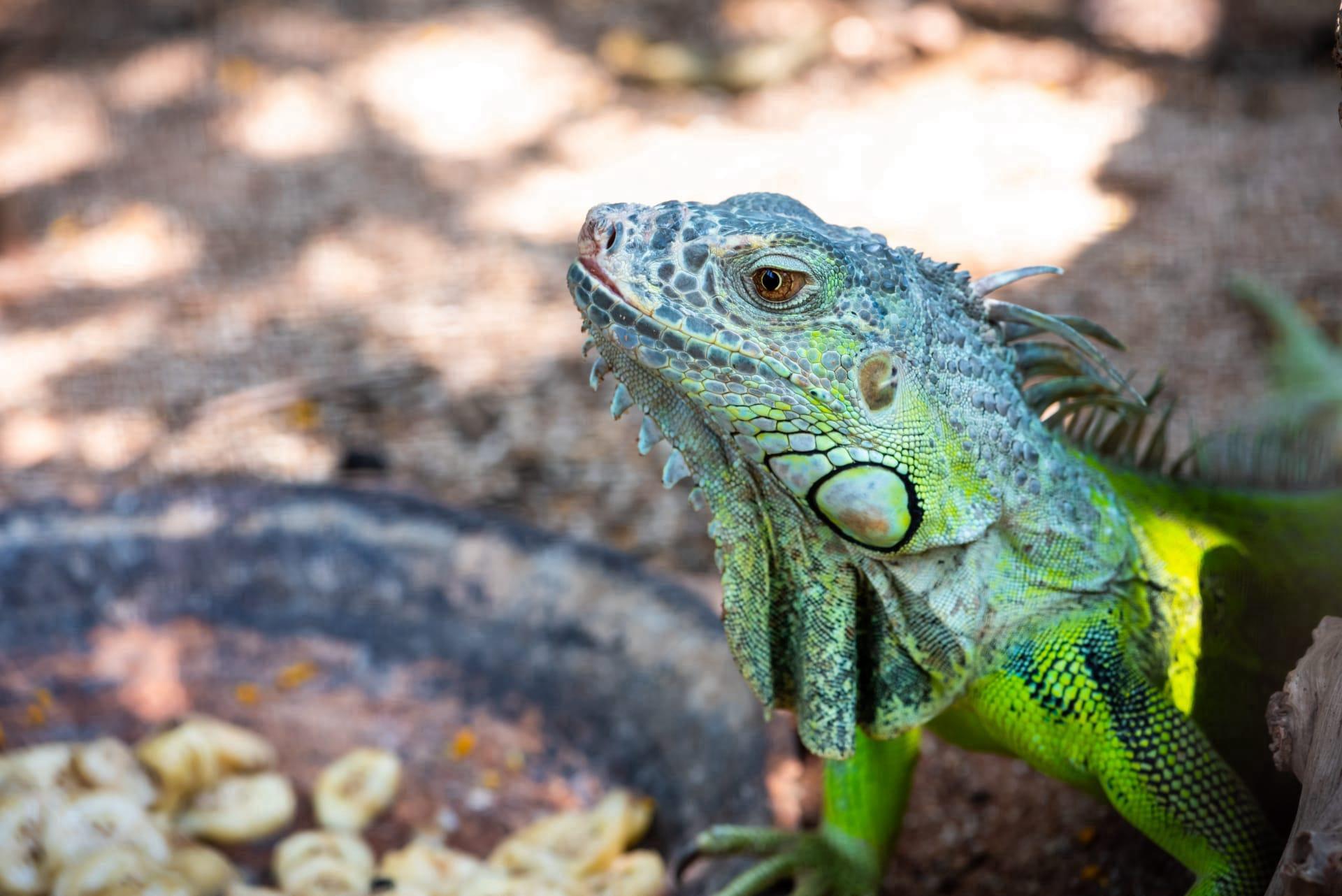Water Dragon Characteristics
- Home /
- Mini Encyclopedia /
- Animal /
- Water Dragon Characteristics
1
Water Dragons, scientifically known as Physignathus, are fascinating reptiles with distinct physical characteristics. They can grow up to 3 feet in length, including their long, slender tail which comprises about two-thirds of their total length. Males are typically larger than females, often displaying more prominent crests along the back and neck. These reptiles have a life expectancy of about 10 to 15 years in captivity, but their lifespan can vary in the wild depending on environmental conditions.
The most distinctive organ of the Water Dragon is its tail. This long, powerful tail serves multiple purposes. It acts as a rudder when swimming, allowing them to maneuver swiftly in water. On land, the tail aids in balance while climbing trees or rocks. Furthermore, the tail can be used as a defense mechanism; when threatened, Water Dragons can whip their tail to deter predators or competitors.

2
Question: Why do Water Dragons change color?
Answer: Water Dragons are known for their ability to change color, a trait that is often misinterpreted. This color change is primarily for thermoregulation and camouflage. When they need to absorb more heat, they darken their skin to absorb more sunlight, and when they need to cool down, they lighten their skin to reflect sunlight. This ability also helps them blend into their surroundings, making it easier to avoid predators and capture prey.

3
Water Dragons are adept at both arboreal (tree-based) and aquatic movements. They are excellent climbers, using their strong limbs and claws to ascend trees and bask in sunlight. Their body structure, particularly their long toes and sharp claws, allows them to grip firmly onto bark and leaves. Additionally, they are skilled swimmers. Their semi-aquatic nature means they can swiftly dive into water to escape predators, using their tail for propulsion.
In terms of hunting and feeding, Water Dragons are opportunistic predators. They primarily feed on insects, small mammals, and occasionally fish. Their hunting strategy involves a combination of patience and speed. They often wait motionlessly for prey to come within striking distance, then lunge forward with remarkable speed, using their long, sticky tongue to capture the prey. Their diet varies with age and availability of food in their environment.

4
Water Dragons inhabit a range of environments, mostly found in forested areas near freshwater sources like rivers, lakes, and swamps. They prefer habitats with abundant sunlight for basking, and dense foliage or water for hiding. Their ideal habitat includes a combination of aquatic and arboreal elements, which supports their semi-aquatic lifestyle and offers protection from predators.
The breeding behavior of Water Dragons is quite distinct. They are oviparous, meaning they lay eggs. The breeding season typically occurs in spring or early summer. Females lay between 6 to 18 eggs in a nest dug in the soil, usually located near a water source. The eggs incubate for about two to three months. Hatchlings are independent from birth, capable of climbing and swimming, but they are vulnerable to predators.

5
Book: "The Secret Life of Water Dragons" by Dr. Jane Green, published in the United States in 2010. This book provides an in-depth look into the lives of Water Dragons in their natural habitat. Dr. Green, a renowned herpetologist, offers insights into their behavior, diet, and reproductive patterns, along with stunning photographs that bring these creatures to life for the reader.
Book: "Water Dragons: A Complete Guide to Physignathus" by Liam Thompson, published in Australia in 2015. Thompson, an experienced reptile enthusiast, compiles a comprehensive guide covering aspects of care, breeding, and conservation of Water Dragons. The book is aimed at both reptile enthusiasts and professional herpetologists, featuring practical advice and detailed information on maintaining the health and wellbeing of these fascinating reptiles in captivity.